-
 bitcoin
bitcoin $122659.385674 USD
0.52% -
 ethereum
ethereum $4484.113342 USD
-0.09% -
 bnb
bnb $1304.229256 USD
-0.85% -
 tether
tether $1.000204 USD
-0.03% -
 xrp
xrp $2.860636 USD
-0.51% -
 solana
solana $227.288799 USD
2.36% -
 usd-coin
usd-coin $0.999805 USD
0.01% -
 dogecoin
dogecoin $0.252837 USD
1.18% -
 tron
tron $0.341149 USD
1.12% -
 cardano
cardano $0.830507 USD
0.33% -
 hyperliquid
hyperliquid $45.792319 USD
0.04% -
 chainlink
chainlink $22.422164 USD
1.55% -
 ethena-usde
ethena-usde $1.000283 USD
0.01% -
 sui
sui $3.511389 USD
0.83% -
 stellar
stellar $0.385276 USD
-0.44%
What does the sudden contraction of the MACD bar mean? What are the special forms when the main force controls the market?
Sudden MACD bar contraction signals potential momentum shifts; traders should confirm with other indicators and watch for special forms like wedges and triple divergences.
May 22, 2025 at 05:42 am
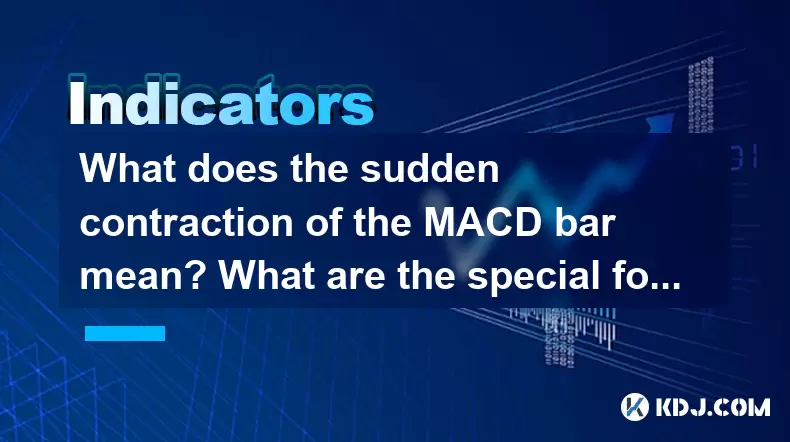
The Moving Average Convergence Divergence (MACD) is a trend-following momentum indicator that shows the relationship between two moving averages of a security’s price. A sudden contraction of the MACD bar can signal important changes in market dynamics, often hinting at potential shifts in price momentum. Understanding these signals, along with the special forms that occur when the main force controls the market, is crucial for traders looking to make informed decisions.
Understanding the Sudden Contraction of the MACD Bar
The MACD is calculated by subtracting the 26-period Exponential Moving Average (EMA) from the 12-period EMA. The result of this calculation is the MACD line. A signal line, which is a 9-period EMA of the MACD line, is then plotted on top of the MACD line. The histogram, or MACD bar, represents the difference between the MACD line and the signal line.
When the MACD bar suddenly contracts, it indicates a rapid decrease in the momentum of the price movement. This contraction can occur in both bullish and bearish markets and often precedes significant price reversals or continuations. Traders should pay close attention to these contractions as they can provide early signals of market shifts.
Significance of MACD Bar Contraction in Bullish and Bearish Markets
In a bullish market, a sudden contraction of the MACD bar might suggest that the upward momentum is weakening. This could be an early warning sign that the bullish trend is losing steam and a potential reversal to a bearish trend might be imminent. Conversely, in a bearish market, a sudden contraction could indicate that the downward momentum is waning, hinting at a possible shift towards a bullish trend.
Traders should not rely solely on the MACD bar contraction but should use it in conjunction with other technical indicators and market analysis tools to confirm their trading decisions. For example, if the contraction is accompanied by a bearish divergence (where the price makes a higher high but the MACD makes a lower high), it strengthens the case for an impending bearish reversal.
Special Forms When the Main Force Controls the Market
When the main force, or large institutional investors, controls the market, certain special forms of MACD behavior can be observed. These forms can provide deeper insights into the intentions of these major players and help traders anticipate market moves.
The Wedge Pattern
One such special form is the wedge pattern. In this scenario, the MACD bars form a narrowing pattern, resembling a wedge. This indicates that the main force is gradually tightening their control over the market, often leading to a significant price breakout. Traders should watch for a breakout from the wedge pattern, as it can signal the beginning of a strong trend in the direction of the breakout.
The Head and Shoulders Pattern
Another special form is the head and shoulders pattern. When the main force manipulates the market to form this pattern on the MACD, it often signals a major reversal. The pattern consists of a left shoulder, a head, and a right shoulder, with the head being the highest point. A break below the neckline (the line connecting the lows of the two shoulders) confirms the bearish reversal, while a break above it confirms a bullish reversal.
The Triple Divergence
The triple divergence is another special form that can occur when the main force controls the market. This pattern involves three successive divergences between the price and the MACD. A bullish triple divergence occurs when the price makes three lower lows while the MACD makes three higher lows, signaling a strong potential for an upward reversal. Conversely, a bearish triple divergence occurs when the price makes three higher highs while the MACD makes three lower highs, indicating a strong potential for a downward reversal.
Practical Examples of MACD Bar Contraction and Special Forms
To better understand these concepts, let's look at some practical examples:
Example of MACD Bar Contraction: Suppose a cryptocurrency like Bitcoin is in a strong bullish trend. The MACD bars have been consistently positive and increasing in size. Suddenly, the MACD bars start to contract rapidly, indicating a weakening of the bullish momentum. If this contraction is followed by a bearish divergence, it might be a signal for traders to consider taking profits or preparing for a potential bearish reversal.
Example of the Wedge Pattern: Imagine that Ethereum is trading within a narrowing range, and the MACD bars form a wedge pattern. As the pattern continues to tighten, traders should prepare for a breakout. If the price breaks out to the upside, it could signal a strong bullish move, prompting traders to enter long positions.
Example of the Head and Shoulders Pattern: Consider a scenario where a cryptocurrency like Litecoin forms a head and shoulders pattern on the MACD. The left shoulder, head, and right shoulder are clearly visible, and the price breaks below the neckline. This break confirms a bearish reversal, and traders might consider entering short positions.
Example of the Triple Divergence: Suppose a cryptocurrency like Ripple is showing signs of a bearish triple divergence on the MACD. The price has made three higher highs, but the MACD has made three lower highs. This pattern suggests a strong potential for a downward reversal, and traders might prepare for a bearish move by entering short positions or exiting long positions.
How to Identify and Trade MACD Bar Contractions and Special Forms
Identifying and trading based on MACD bar contractions and special forms requires a systematic approach. Here’s how traders can do it:
Monitor the MACD Histogram: Keep a close eye on the MACD histogram for sudden contractions. These contractions can be identified by a rapid decrease in the size of the bars, whether they are positive or negative.
Confirm with Other Indicators: Use other technical indicators such as the Relative Strength Index (RSI) or Bollinger Bands to confirm the signals provided by the MACD. For example, if the RSI is showing overbought conditions during a MACD bar contraction in a bullish market, it strengthens the case for a potential bearish reversal.
Watch for Special Forms: Look for special forms like the wedge pattern, head and shoulders pattern, and triple divergence. These patterns can be identified by drawing trend lines on the MACD chart and observing the formation of the patterns over time.
Set Up Trading Strategies: Once a MACD bar contraction or special form is identified and confirmed, traders can set up their trading strategies. For example, if a bearish reversal is confirmed by a head and shoulders pattern on the MACD, traders might enter short positions with a stop-loss above the neckline.
Use Risk Management: Always use proper risk management techniques, such as setting stop-loss orders and managing position sizes, to protect against potential losses. Trading based on technical indicators like the MACD involves risks, and it’s important to manage those risks effectively.
Frequently Asked Questions
Q: Can the MACD bar contraction be a false signal?A: Yes, the MACD bar contraction can sometimes be a false signal. It's important for traders to use other technical indicators and perform thorough market analysis to confirm the signals provided by the MACD. False signals can occur due to market noise or short-term fluctuations that do not reflect the overall trend.
Q: How often should traders check the MACD for contractions and special forms?A: Traders should check the MACD regularly, especially during periods of high market volatility. Checking the MACD on a daily or even hourly basis can help traders stay updated on potential shifts in momentum and identify special forms that may develop over time.
Q: Are there any other technical indicators that complement the MACD?A: Yes, several technical indicators can complement the MACD. The Relative Strength Index (RSI) is often used to confirm overbought or oversold conditions, while Bollinger Bands can help identify volatility and potential breakouts. Combining these indicators with the MACD can provide a more comprehensive view of market dynamics.
Q: Can the special forms of the MACD be applied to all timeframes?A: Yes, the special forms of the MACD, such as the wedge pattern, head and shoulders pattern, and triple divergence, can be applied to various timeframes. However, the effectiveness of these patterns may vary depending on the timeframe. Shorter timeframes might show more frequent but less reliable signals, while longer timeframes may provide more reliable but less frequent signals.
Disclaimer:info@kdj.com
The information provided is not trading advice. kdj.com does not assume any responsibility for any investments made based on the information provided in this article. Cryptocurrencies are highly volatile and it is highly recommended that you invest with caution after thorough research!
If you believe that the content used on this website infringes your copyright, please contact us immediately (info@kdj.com) and we will delete it promptly.
- XRP Transfer, Altcoin Rally, and Crypto Movement: What's Shakin' in the Crypto Space?
- 2025-10-09 15:05:12
- BNB Chain Memecoin Goldmine: Hype or Sustainable Growth?
- 2025-10-09 15:05:12
- XRP, ASTER Surge, and Crypto Presales: What's the Haps?
- 2025-10-09 15:10:01
- XRP Treasuries Soar as Reliance Global Joins the Party: A New Era for Corporate Reserves?
- 2025-10-09 15:10:01
- XRP ETF Hopes and Binance's Crypto Reserves: What's the Buzz?
- 2025-10-09 15:10:01
- YZi Labs' Billion-Dollar Bet: Fueling the BNB Ecosystem's Future
- 2025-10-09 15:10:13
Related knowledge
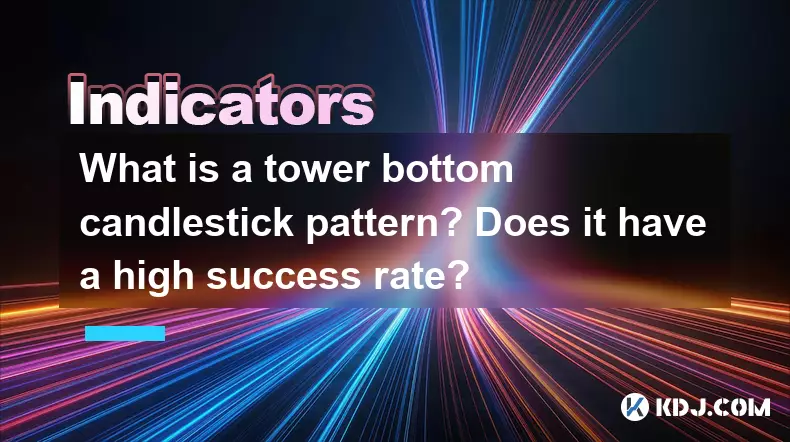
What is a tower bottom candlestick pattern? Does it have a high success rate?
Sep 22,2025 at 07:18am
Tower Bottom Candlestick Pattern Explained1. The tower bottom candlestick pattern is a reversal formation that typically appears at the end of a downt...
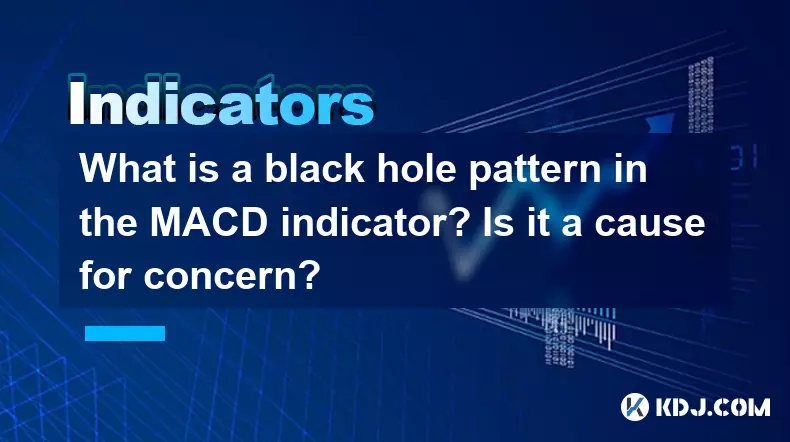
What is a black hole pattern in the MACD indicator? Is it a cause for concern?
Sep 21,2025 at 06:54pm
Bitcoin's Role in Decentralized Finance1. Bitcoin remains the cornerstone of decentralized finance, serving as a benchmark for value and security acro...

How can I use the psychological line (PSY) to determine market sentiment?
Sep 17,2025 at 02:19pm
Understanding the Psychological Line (PSY) in Cryptocurrency TradingThe Psychological Line, commonly referred to as PSY, is a momentum oscillator used...
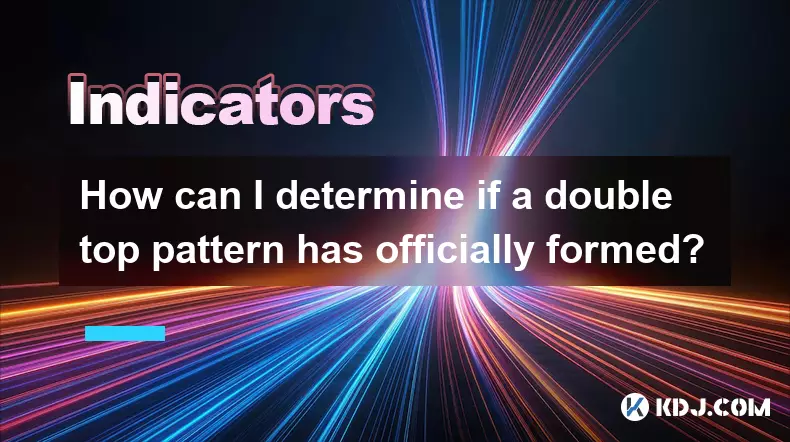
How can I determine if a double top pattern has officially formed?
Sep 21,2025 at 03:18am
Understanding the Structure of a Double Top Pattern1. A double top pattern consists of two distinct peaks that reach approximately the same price leve...
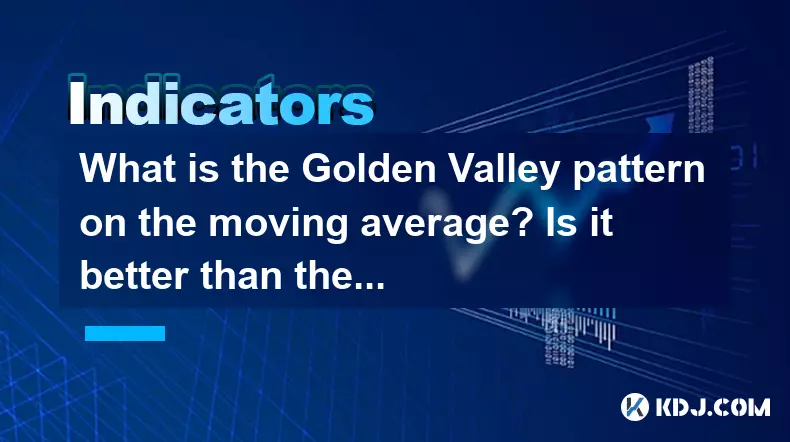
What is the Golden Valley pattern on the moving average? Is it better than the Silver Valley pattern?
Sep 21,2025 at 02:54pm
Understanding the Golden Valley Pattern in Moving Averages1. The Golden Valley pattern is a technical formation observed in cryptocurrency price chart...

What does a death cross of the RSI in the strong zone (above 50) mean?
Sep 17,2025 at 10:54pm
Understanding the Death Cross in RSI Context1. The term 'death cross' is traditionally associated with moving averages, where a short-term average cro...

What is a tower bottom candlestick pattern? Does it have a high success rate?
Sep 22,2025 at 07:18am
Tower Bottom Candlestick Pattern Explained1. The tower bottom candlestick pattern is a reversal formation that typically appears at the end of a downt...

What is a black hole pattern in the MACD indicator? Is it a cause for concern?
Sep 21,2025 at 06:54pm
Bitcoin's Role in Decentralized Finance1. Bitcoin remains the cornerstone of decentralized finance, serving as a benchmark for value and security acro...

How can I use the psychological line (PSY) to determine market sentiment?
Sep 17,2025 at 02:19pm
Understanding the Psychological Line (PSY) in Cryptocurrency TradingThe Psychological Line, commonly referred to as PSY, is a momentum oscillator used...

How can I determine if a double top pattern has officially formed?
Sep 21,2025 at 03:18am
Understanding the Structure of a Double Top Pattern1. A double top pattern consists of two distinct peaks that reach approximately the same price leve...

What is the Golden Valley pattern on the moving average? Is it better than the Silver Valley pattern?
Sep 21,2025 at 02:54pm
Understanding the Golden Valley Pattern in Moving Averages1. The Golden Valley pattern is a technical formation observed in cryptocurrency price chart...

What does a death cross of the RSI in the strong zone (above 50) mean?
Sep 17,2025 at 10:54pm
Understanding the Death Cross in RSI Context1. The term 'death cross' is traditionally associated with moving averages, where a short-term average cro...
See all articles










































































